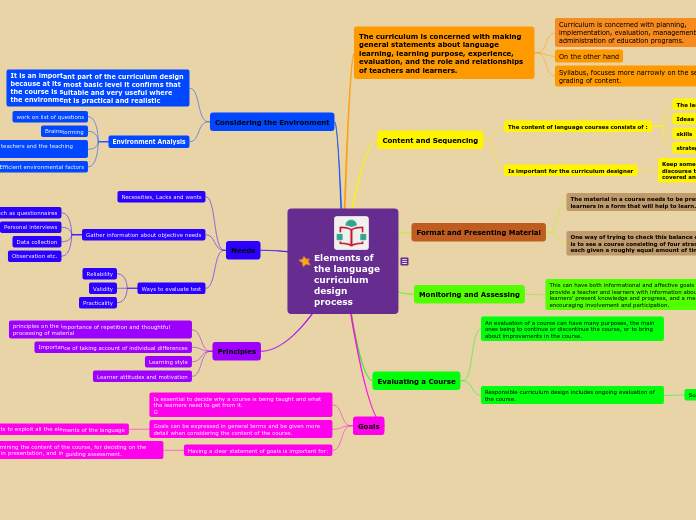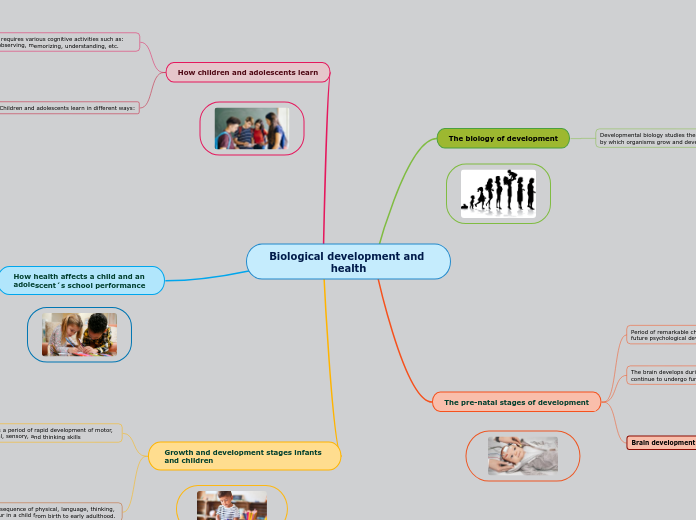door Emma Millán 9 jaren geleden
280
Matter and The Environment
The study of matter involves understanding its various states, including solid, liquid, gas, plasma, and the less common Einstein-Bose condensate. Matter can be classified into pure substances like elements and compounds, or mixtures that are either homogeneous or heterogeneous.









